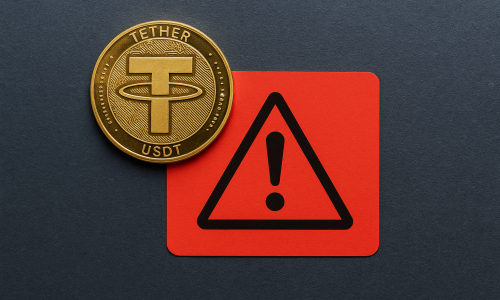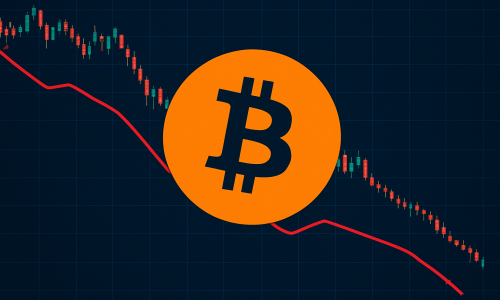We hear a lot about liquidity even when it comes to the crypto market and yet most of the people don’t manage to understand what this is all about. Given that it plays a major role in how the markets function, let’s see some of the aspects which should be digested by all newbies in cryptocurrency trading.
What is a liquid instrument?
A particular asset (it does not matter whether we talk about stocks, bonds, cryptocurrencies, etc.) is liquid when there are buyers and sellers at any given time and no matter the given price. If you hold a liquid instrument, your ability to sell it right away in the open market, to anybody interested to buy it, will determine the level of liquidity.
To give a few examples, the real estate market is not very liquid. That happens because it could take days or months until a seller will manage to find a buyer. On the other side of the spectrum, the stock market is very liquid, especially for traders dealing with lower volumes.
Liquidity and cryptocurrencies
Since we’ve already mentioned that liquidity is one of the factors that influence the pricing process for crypto, there are a few important things that must be discussed. Firstly, for traders wanting to transact low volumes in the crypto market, liquidity is unlikely to be an issue. That happens because there will always be somebody willing to make a market (buy when you want to sell or sell when you want to buy).
Second of all, in the case of higher trading volumes, requotes might intervene. That means the actual price will differ from the one posted on the exchange platform when you’ve hit the buy or sell button. This happens only when there are no other participants on the other side of the market.
Lastly, low liquidity = higher spreads, high liquidity = lower spreads. The associated trading cost will be higher, and you will end up paying more to the exchange platform for each trade conducted with a low-liquidity altcoin. On the other side of the spectrum, transacting with Bitcoin, Ether, XRP, Litecoin, or any other large-cap cryptocurrency will mean the spreads will be lower and thus the trading cost cheaper.
Volatility is the last consequence of liquidity and it gets high in cases where liquidity is low, while it settles when liquidity is high. The cryptocurrency market as a whole is considered to be one with low-liquidity if we put it alongside the stock market or the commodities market. However, it can be easily noticed that small altcoins and large-cap tokens differ by a large when it comes to volatility.



